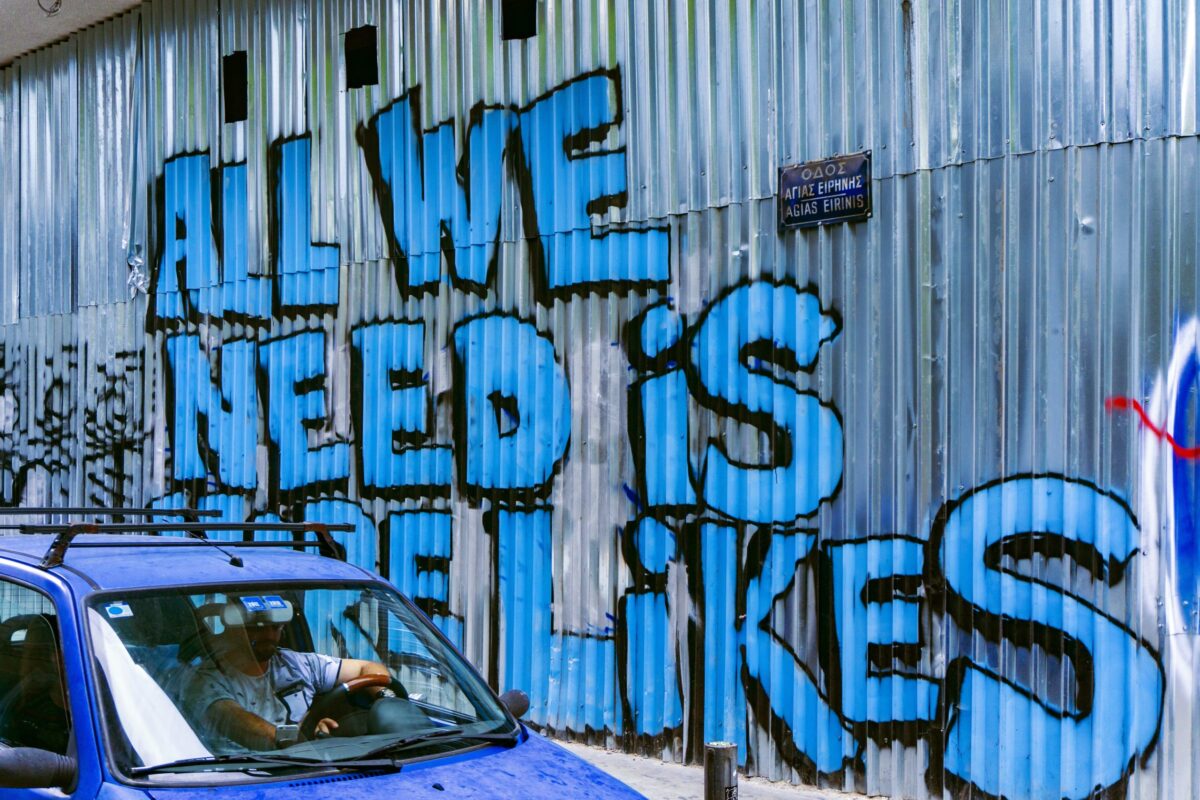

As we grow up, we were told not to make mistakes. In school, mistakes could result in poor grades …or worse, lost games! In your job, a mistake could land you in the unemployment line. Is it any wonder that we tend to downplay and downright hide our mistakes? We feel embarrassed and ashamed. We wish they had never happened. But there they are, mistakes! They seem unavoidable yet somehow predictable.
Don’t Hide Mistakes
As employers, we noticed that new employees, coming from other companies where mistakes were especially frowned upon, would seem to “whistle past the graveyard,” pretend like they never happened, or say things like, “Oh, don’t worry we have it all straightened out now,” as if the repair or the patch was the end of it – as if it was more important to simply get by the mistake than to take a good look at it and figure out how it happened …and how to prevent it in the future.
Celebrate Mistakes
Mistakes are inevitable. It’s what you do with a mistake that’s important. In our business, we celebrated our mistakes and the mistakes of our people. Why? Because with the right attitude, inspection, and redesign, we knew we could make the mistake less likely to reoccur in the future.
Write New Documents
In fact, we learned that every mistake was caused by some kind of a misunderstanding, lack of information, or poor communication. So we focused on documents. Yes, documents! We knew that behind every mistake was a document waiting to be written, corrected, or clarified. Maybe it was a sign on the wall, a clause in a contract, an item in a job description. Maybe it was something on a checklist, a policy, a procedure, or a signoff sheet. But it was a document. And sometimes more than one!
When we started our business our contracts were three pages long, but when we sold our business, they were 37 pages long! Every mistake, when seen as an opportunity to tighten up, tune up, or level up is a gold mine. Randy Arnold once said, “Never waste a perfectly good mistake!”
Building on the Backs of Mistakes
So, given the number of mistakes we made building the Barefoot brand, is it any wonder that we entitled the 8th chapter of our Business Audio Theatre production of The Barefoot Spirit, “Never Waste A Perfectly Good Mistake”? And yea, like any successful business, ours was fraught with mistakes. Chapter 8 recalls many, but more importantly, it tells the stories of how we used them to get better and how we used them to grow!
Giving Permission
You see, the key to getting the most out of any mistake is the magic word, missing in so many companies, missing in our upbringing, schooling, and former employers. That word is “Permission.” Not permission to be incompetent, but permission to admit to a procedural mistake, as long as you make it right, and not just right, but w-r-i-t-e! Write it down and improve the documents so the whole company continues to improve.
Taking Responsibility
In one scene, we arrive in Chicago for a big trade show where key buyers are coming to see our new products, but the new products are not waiting for us at the hotel like they were supposed to be. Aside from the graphic irritation and outright yelling that ensued, it becomes clear that the hotel receiving clerk refused the packages because the recipients, us, weren’t registered at the hotel …yet!
Never mind that he should have checked for future bookings, never mind that he had, to say the least, a very simplistic view of his job, and never mind that he screwed up a very expensive trip for the hotel’s guests who would never stay there again. And never mind that his paycheck is paid for by that guest and others! We took responsibility. We had to. Otherwise, it would happen again, and again. So, ultimately blame was not satisfying; however, a solution was. We thought, “What can we do on our end to make this less likely to reoccur?”
Best Laid Plans…
Our next package to a hotel in advance of a trade show had one-inch high lettering across it saying “DO NOT REFUSE THIS PACKAGE! Your Guest Michael Houlihan will be here on March 19th to claim it. Your boss Mary Smith ext. 293 is expecting it. Please call 1 800 750 8000 with any questions.” We wrote a new policy for all outgoing packages. We followed it up with a procedural checklist and signoff for our own people. Problem solved, right?
Wrong! A year later, even with the signage, a package was again refused. Why this time? The sign was facing down when the package was delivered! New policy: one inch high notices on all 6 sides! Now the problem was more likely solved.
A Better Idiot
One of our executives chided the “make mistakes right” policy, saying, “But Michael, you’re trying to make everything idiot-proof.” To which Michael retorted, “No, we are just trying to make it idiot resistant!” To which he retorted, “But Michael, even as we speak, they are building a better idiot!” …and so they were.
Chapter 8 is replete with scene after scene demonstrating mistake after mistake. But there’s a thread of principle in all the foolery. We improved our communications and became better focused and more realistic. In fact, we built our business on the backs of those mistakes.
ASS-U-ME
When the state governments started lowering the allowable blood alcohol level from 1.00 to .08, we thought that is was a great time for wine with lower alcohol, especially since most women weigh less than a man and could be over the limit with that second glass of wine. So we came up with a new 6% alcohol wine product that would enable most women to have a second glass. Brilliant! Seemed like a slam dunk. Right? It was more of a slam!
The many complaints we received went something like this: “Now you’re making me drink twice as much!” and “Why do I have to pay the same price for half the alcohol?” Oops! We thought folks wanted to consume less alcohol to abide by the reduced allowable limit, but we were very wrong about that.
What Can We Do?
The chapter goes on with even more mistakes, but we don’t want to spoil it for you. You can hear Hollywood actors performing the mistakes to sound effects and music in the audiobook.
You can also learn how to cop an attitude about mistakes that will take you and your company to the next level. You will see how when management grants permission to make mistakes, people become more creative and help improve your company. Get a good laugh and a few good lessons from our mistakes! And make the most out of yours!
Please be our guest to a free chapter from our new theatrically performed audio play and enjoy the show!


